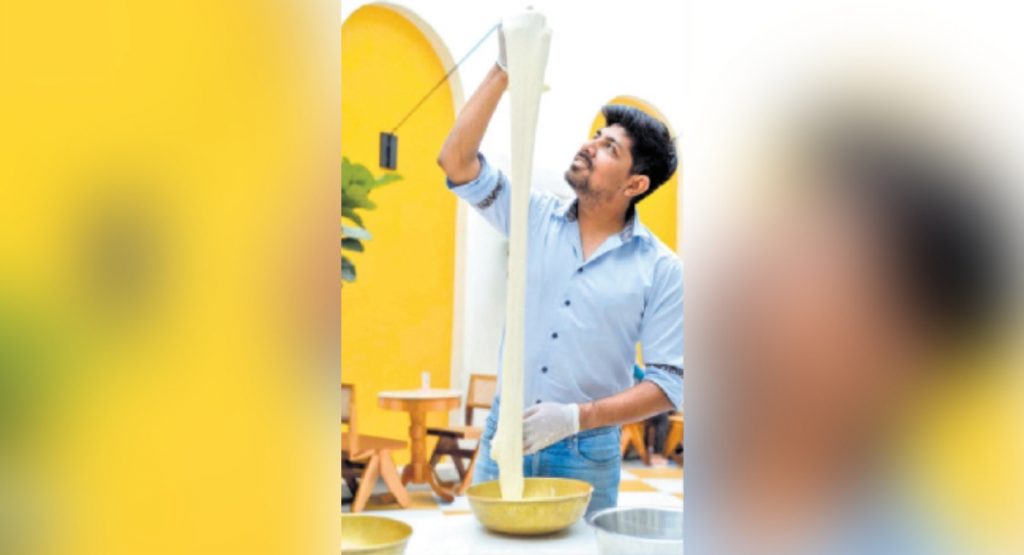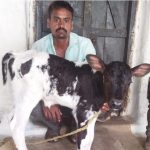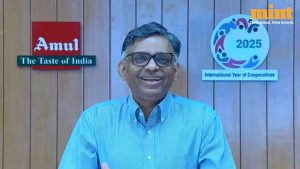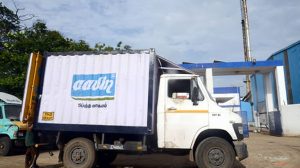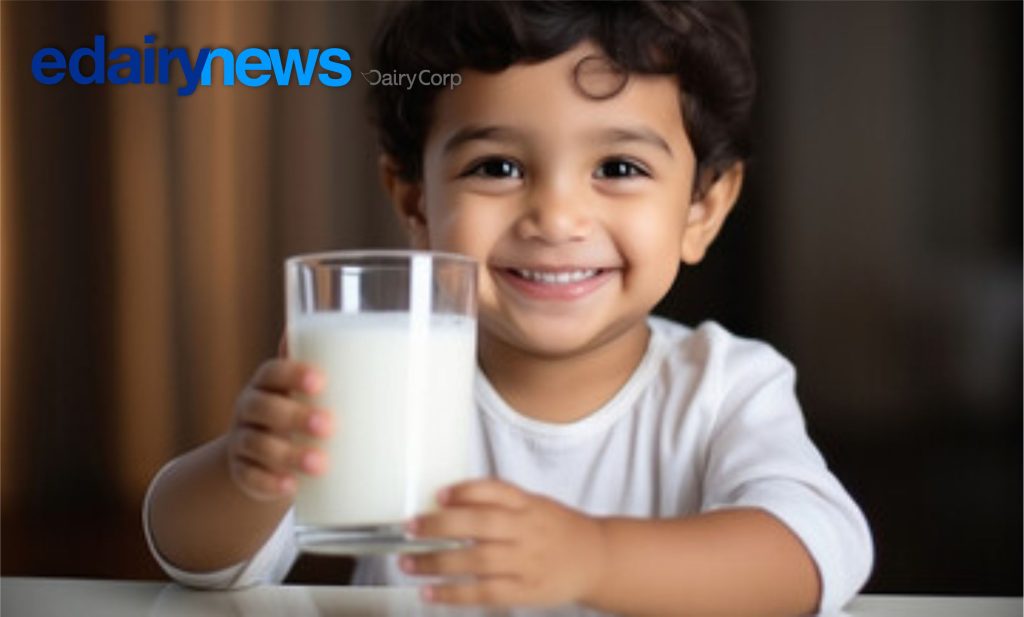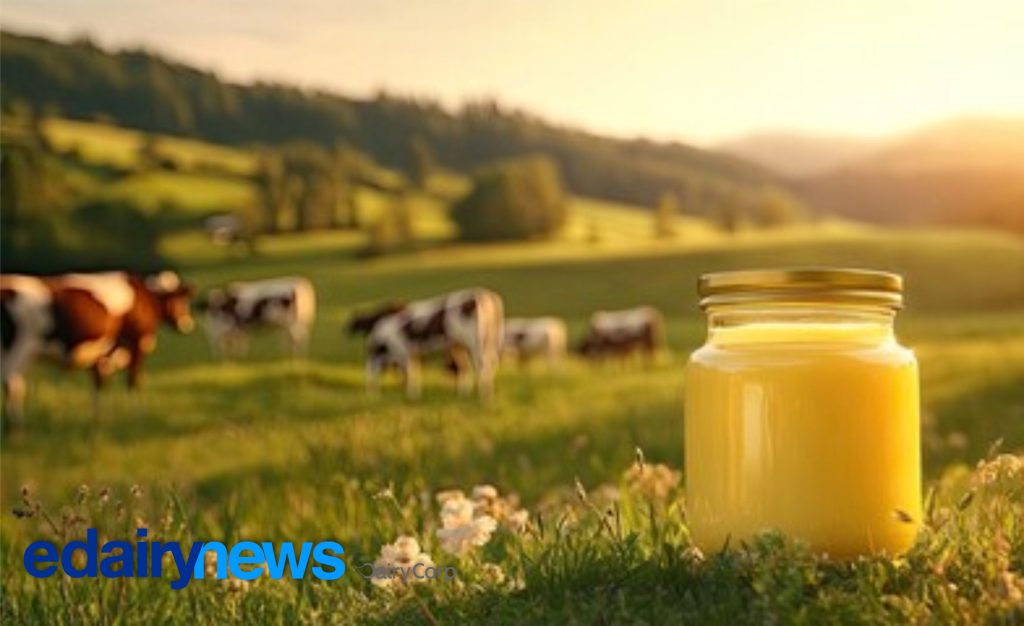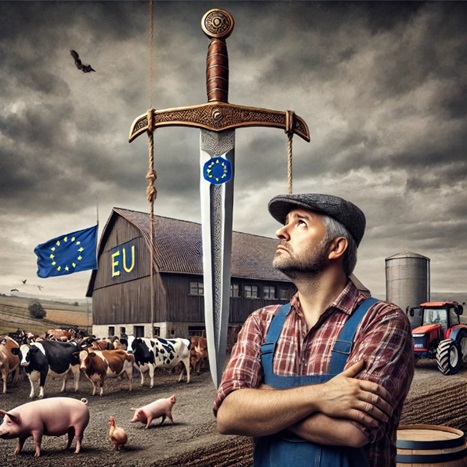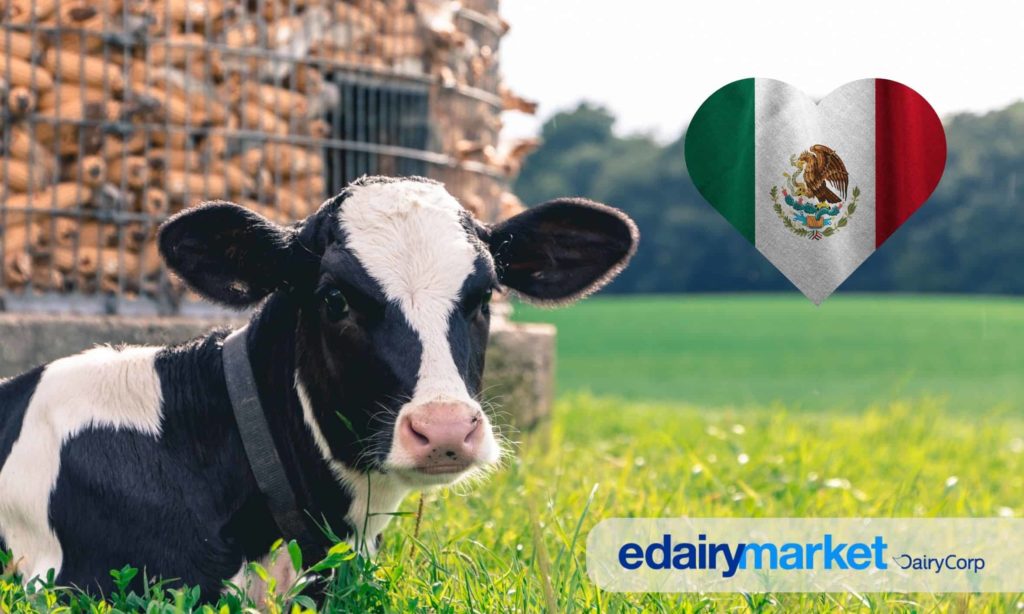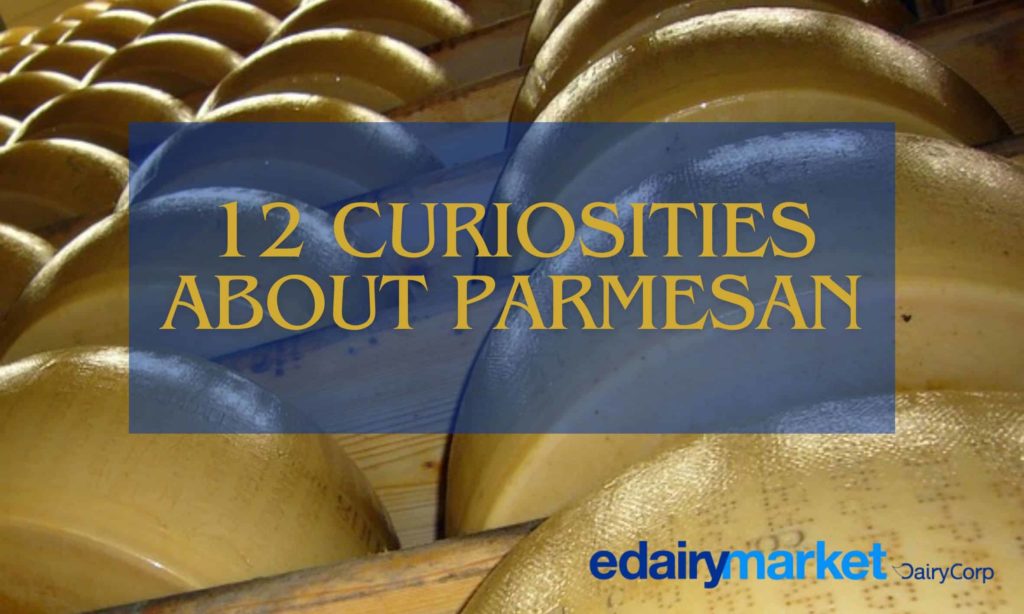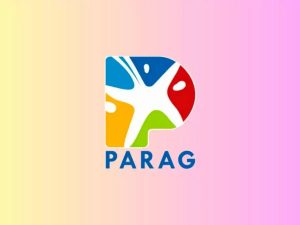
With its yellow ochre walls and vintage windows, we really feel like we are in a little hamlet in southern Italy, the birthplace of burrata.
Now, you have to be very, very careful with this…” says Prashant Sinha as he stretches the cheese with both his hands. We drool, waiting to indulge in the decadent cheesy creation: Burrata.
We Indians are not new to cheese—in the last few decades, we’ve had all sorts of cheeses flood our markets and restaurants. But taste freshly made cheese, and you realise what you’ve been missing. So, on a sunny Saturday afternoon, we walk into PS Cheese Cafe in Jubilee Hills to learn the art of burrata-making from Prashant, the founder of the cafe. With its yellow ochre walls and vintage windows, we really feel like we are in a little hamlet in southern Italy, the birthplace of burrata.
What is burrata?
Burrata is derived from the Italian word ‘burro’, which means butter. Prashant gives us a mini history lesson, explaining, “Burrata originates in southern Italy. Interestingly, the northern Italian cuisine uses hard cheese while the southern Italian cuisine uses soft cheese. In burrata, the outer casing is made out of mozzarella. Inside, there is a rich mix of stracciatella cheese and clotted cream.”
Prashant says that burrata usually takes around six hours to make. But he condenses the workshop to teach us some crucial steps. He has already heated up the raw milk to around 40°C and has added some starter culture, which is an acidic catalyst that helps the cheese-making process. “The milk used to make cheese at PS Cheese is procured from local dairy farms,” he says.
Renneting
Simply put, rennet is to cheese what vinegar is to paneer—it is a complex set of enzymes that cause the milk to curdle. Prashant adds some vegetable rennet to the milk and says, “We are going to have to wait for 1.5 hours. But meanwhile, I want you all to really soak into the experience of cheese.” We try different types of cheese: Honey cream cheese, garlic cream cheese, ricotta, mozzarella and some burrata. Through smell and taste, we start to understand the complex layers of cheese-making.
Criss-cross
After coagulation, we cut the cheese curd in a criss-cross pattern into small chunks and wait for the pH to reach 5.5. We then drain the whey, and someone remarks, “Oh, the cheese looks like brains!” We all chuckle and Prashant chimes in, “It is important to not blindly follow foreign recipes. We need to note that their recipes take into account the temperature there, which is very different from the temperature here.”

The cheese pull
Most of us are not very kitchen savvy, fearing the worst as Prashant gives each of us a blue bowl with a little cheese curd and pours 100°C water over the cheese. We have a bowl of ice water, but there’s a catch. Prashant says, “You cannot keep putting your hands in the icy water and then flatten the hot cheese curd. That will make the cheese curd harden and disintegrate. But don’t worry, I’m here. Nothing will happen to your hands.”
We go for it, and surprisingly, our fingers get used to the hot water after initial reluctance. We start to stretch and there are beautiful mozzarella cheese pulls all around. Prashant helps us create the mozzarella pouch and we quickly add the stracciatella and cream cheese mix. The last step is something only Prashant can do—tying a beautiful knot to close that delectable burrata ball. Our mouths water, waiting to tuck into the cheesy delight.
We drizzle some rich pesto sauce over the burrata and garnish it with some roasted garlic and cherry tomatoes. One bite and we are in cheesy heaven. Finito.
Cheesy reality
“Many think cheese is ‘unhealthy’. But when made fresh like this sans preservatives, it is healthy. At PS Cheese Cafe, we only make fresh cheese. The pasta, pizza, and burger taste pleasantly different from other places,” shares Prashant.
You can now read the most important #news on #eDairyNews #Whatsapp channels!!!
🇮🇳 eDairy News ÍNDIA: https://whatsapp.com/channel/0029VaPidCcGpLHImBQk6x1F
